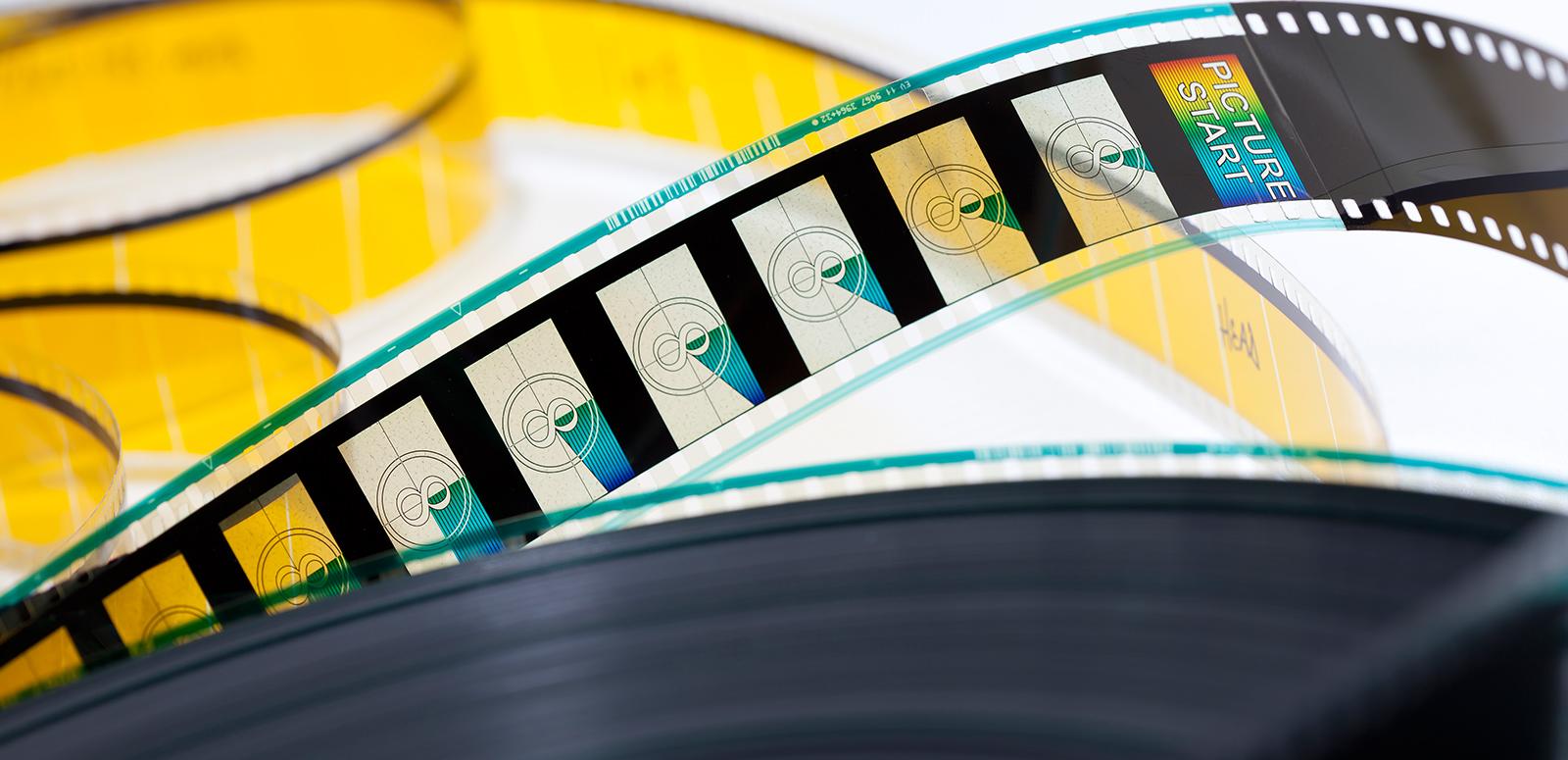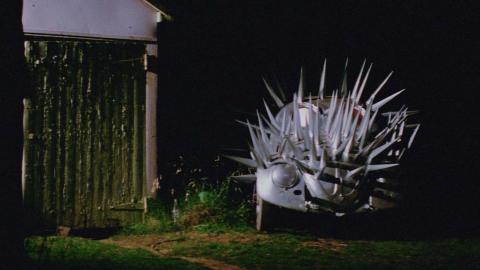

Sydney Film Festival 2011

Clare Stewart was appointed director of the Sydney Film Festival in 2006. Stewart’s main contribution to the festival has been the introduction of an official competition, which celebrates ‘courageous and audacious filmmaking’, as well as a new prize for documentary and the expansion of the CBD-centric festival into western Sydney and the rest of NSW. Stewart has announced that the 2011 edition will be her last, as she plans to move into film production and distribution. Miguel Gonzalez spoke with her about the role of the 58-year-old festival.
What is the ultimate purpose of the Sydney Film Festival?
It has three key purposes: supporting Sydney’s position as a leading creative global city; presenting the best new international and Australian films to an expanding Sydney and regional audience; and creating opportunities for Australian and international filmmakers to further their craft and careers.
Do Australia’s capital city film festivals complement each other?
In as much as they need to, I think they do. We all offer different programming and industry initiatives and we are all embraced by our local audiences. A recent example of programming collaboration is a screening of Jafar Panahi’s film Offside (2006) in March 2011; it was co-presented by the Sydney, Adelaide and Melbourne film festivals to raise awareness about the human rights issues surrounding his inappropriate sentencing. We also share information and infrastructure around the business aspects too, especially in relation to developments of ticketing and database systems.
Every year there seems to be new festivals launching in Australia’s capital cities. Can there be too many in a specific market, reaching a point of saturation?
Our 2010 results – a 12 per cent increase in box office income and a 17 per cent increase in overall attendance year-on-year – suggests that the market is very healthy. According to our recent market research, from 2008 there has been a 42 per cent growth in new audiences. As long as people have a hunger for the diverse, engaging and challenging cinema that festivals program, and as long as festivals evolve with the audience in terms of marketing approaches, saturation is not a primary consideration.
How do the ‘ethnic’ festivals (French, Spanish, German, Indian, etc.) complement the larger ones?
International film festivals strive to strike a balance between diversity of cultures and brilliant and/or alternative forms of filmmaking from our own and other English speaking countries, meaning our capacity to be comprehensive about other countries on an annual basis is quite literally limited by the size of the program. The ‘ethnic’ festivals can complement our offering.
Is it becoming harder to make the festival profitable?
Sydney Film Festival is a not-for-profit cultural organisation with a business model based on a combination of revenue streams – Federal, State and local government funding, corporate sponsorship, private philanthropy and box office. In 2010 the festival entered a new partnership with the NSW State Government, significantly increasing funding which has ensured future stability and growth: that, alongside increased box office and a significant projected increase in corporate sponsorship, through new 2011 Official Competition Sponsor iShares, is a successful mix for the festival. However, the business model is significantly reliant on contra support. The total balance is 60 per cent cash to 40 per cent contra revenue.
This year’s Sydney Film Festival will take place from June 8 to 19. Dingo (Rolf de Heer, 1991) screens Saturday 18 June at 2 pm.
The National Film and Sound Archive of Australia acknowledges Australia’s Aboriginal and Torres Strait Islander peoples as the Traditional Custodians of the land on which we work and live and gives respect to their Elders both past and present.


